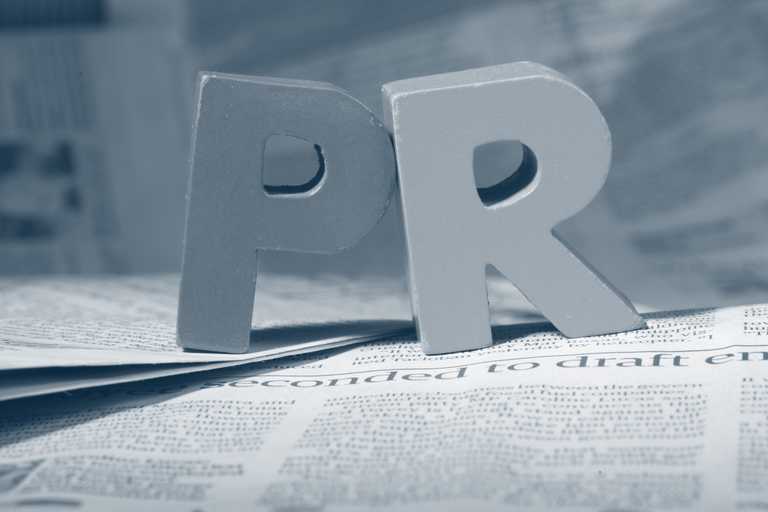Ever since the outbreak of the coronavirus pandemic in 2020, business enterprises have had to adapt to a “new normal” - with trends like remote working, digital processes, and online communications gaining momentum across the world. The year 2020 has been a major catalyst for a digital revolution in many industry sectors – either through retailers adopting the eCommerce business model or employee training and meetings going into the "virtual" mode.
The pandemic has also transformed the Public Relations (or PR) function in ways that were hard to predict previously. Driven by trends like remote working, communications plan and strategy have undergone a significant metamorphosis.
Can companies continue to pursue the "traditional" form of PR and risk falling behind their brand-building processes?
Along with the masks and social distancing, here are 3 unique PR trends to consider in 2021 – they are here to stay over the next decade. Let us discuss each one of them in detail.

PR Trends to Follow in 2021
Trend 1 – Predictive Analysis
Believe it or not, the future of PR is Predictive Analysis - powered by Artificial Intelligence (AI) and Machine Learning (ML).
How does predictive analysis empower PR professionals and companies?
Based on historic data trends, predictive analysis tools can be used to predict topics and issues that are likely to capture audience interest. Plus, it can help in identifying potential customers – through real-time customer data.
Another growing trend is that of data-centric PR professionals who are adopting predictive analytics tools in their day-to-day work.
Predictive analytics tools such as IBM Watson Analytics have simplified the process of importing data into AI-based data models – and extracting valuable insights to the benefit of brands and customers.
Christopher Penn, Chief Data Scientist at TrustInsights predicts that "data-driven PR professionals will embrace predictive tools in daily PR work – just as they have embraced Google Analytics and social media monitoring tools."
While predictive analytics can provide PR teams accurate predictions about market responses to corporate decisions and PR campaigns, PR expert, Katie Paine thinks that "it is too complex a process to apply to most organizations."
Among the major challenges, AI-driven predictive analysis requires millions of data volumes and the right technical expertise to maximize its benefits.
Trend 2 – Virtual Events and Live Streaming
The ongoing pandemic has all but ensured the elimination of any mass in-person events including large-scale business and press conferences – along with seminars, concerts, and trade fairs.
To keep up, businesses are now moving to a “virtual” or digital form of events using technologies like virtual conferencing and webinars. Coffee table chats or lunch meetings are now being replaced with virtual meetings – that are likely to stay even in the post-COVID “normal” world.
Pooja Pathak, Managing Director of Media Mantra believes that virtual events have become a “default necessity” during the pandemic. Abhinav Srivastava of SPAG Asia talks about the transition from physical to virtual events as being a “seamless transition.”
Another emerging trend is that of live streaming of events like award shows and industry conferences – that is increasing website traffic and increasing online viewership from a global audience.
Going forth, we may see a hybrid mix of physical and online events that could reshape the way the PR function is being executed.
Trend 3 – Impact of Fake News on PR
Over 60% of media customers cannot distinguish facts from fiction. In other words, nearly two-thirds of consumers cannot identify good journalism from fake news or misinformation.
The growth of fake news has largely been driven by the emergence of many media outlets and social media platforms like Facebook and YouTube.
How does this impact the PR domain?
With the spread of misinformation at an all-time high, PR professionals face the challenge of countering fake claims about their company or industry.
According to Iva Grigorova, a PR communication specialist, “communication professionals can counter the spread of fake news” through methods of accurate storytelling and content marketing – that can help consumers connect with a brand and develop trust and loyalty.
As businesses adopt digital technologies, brand honesty is among the top concerns for customers in today’s times. Through proper communication and transparency, companies can counter the effects of misinformation and mistrust in their brands.
Conclusion
The evolving post-pandemic business world brings both challenges and opportunities to PR and communication teams. With more businesses going remote and to online platforms, it will be interesting to see how corporate PR responds to this change and devise their organizational strategy for the next decade.


